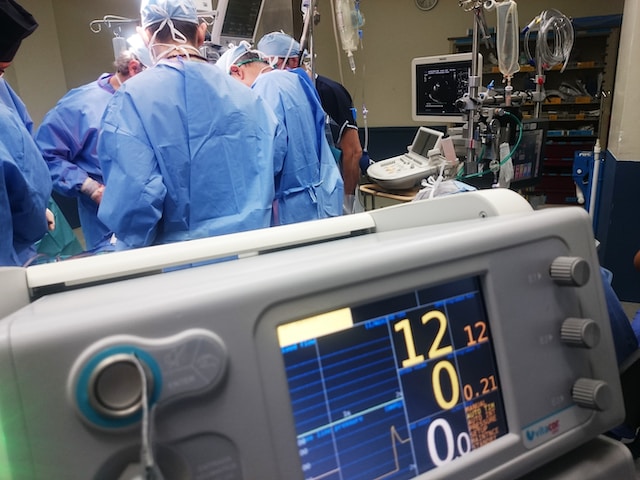Researchers from Ohio State University have developed a new material that can clear water of dangerous pollutants by harnessing the power of sunlight, offering a potentially transformative approach to water remediation, particularly in developing nations.
By combining soft chemistry gels and electrospinning, a technique where electrical force is applied to the liquid to craft small fibers, the team constructed thin fiber-like strips of titanium dioxide (TiO₂), a compound commonly used in solar cells, gas sensors, or various self-cleaning technologies.
The traditional use of TiO₂ in solar fuel systems faces limitations due to its primary absorption of ultraviolet (UV) light, resulting in low efficiency and the need for complex filtration processes.
However, when the researchers added copper to the TiO₂ structure, they found that their new structures, called nanomats, were able to absorb enough light energy to break down harmful pollutants in air and water.
The study is also published in the journal Advanced Science. It mentioned that the efficacy of the nanomats stems from the enhanced electron formation when TiO₂ absorbs light.
When titanium dioxide absorbs light, electrons oxidize water and aggressively attack pollutants, progressively breaking them down into benign substances. The integration of copper amplifies this process, making it even more effective.
According to Pelagia-Iren Gouma, lead author of the study and a professor of materials science and engineering at Ohio State University, researchers found that compared to traditional solar cells, these nanomats can be more successful at power generation under natural sunlight.
These easy-to-remove fiber mats are lightweight, reusable, and can float on the surface of water bodies, making them readily deployable and retrievable.
In addition, the ability to create easily deployable and reusable blankets capable of removing industrial pollutants offers a cost-effective and environmentally friendly solution for cleaning contaminated water sources in developing countries.
Meanwhile, the absence of toxic byproducts in the photocatalytic process also highlights the technology’s sustainability. The nanomats show it is not only effective but also safe and environmentally benign.
However, Gouma also said how long the team’s technology will take to scale up commercially depends on how quickly industries take notice of the product.
In the meantime, the team is focusing further on optimizing the material and exploring its potential in solar-driven hydrogen production.







